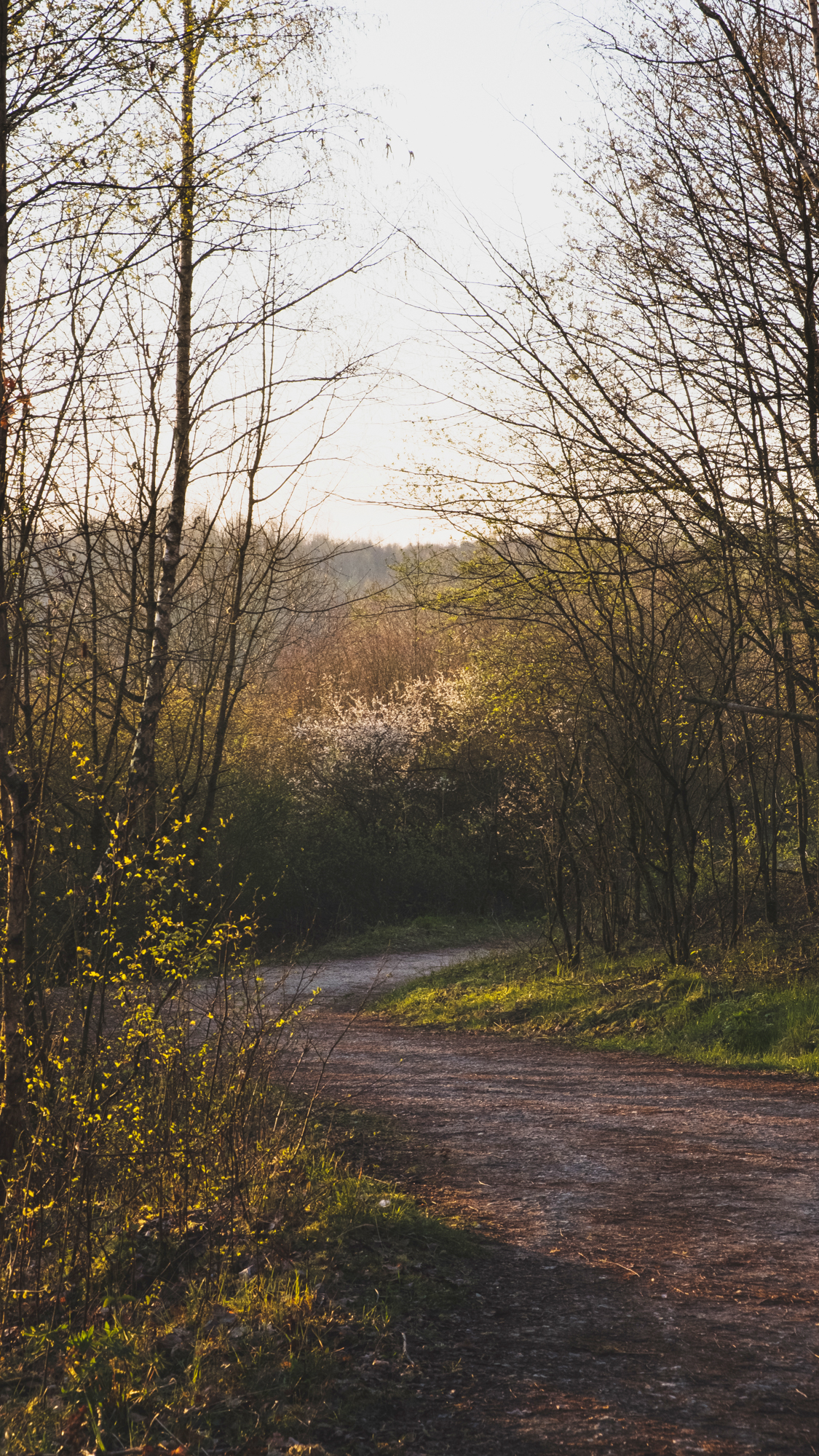Silently the raindrops fall on the water surface, disappearing in the small waves rocking back and forth. Now imagine this without water.
In 1994 the Blaustein Lake was still an opencast mine, a large hole in the earth where you could see the different layers of soil.
How much water is needed to fill a hole 1km² wide and 40m deep?
75 million m³ of water fit into this former opencast mine. Can you imagine how large that hole must have been?
Filling up with 210 liters per second, the process took from 1994 until the year 2000 when it was officially opened to the public as a bathing lake.
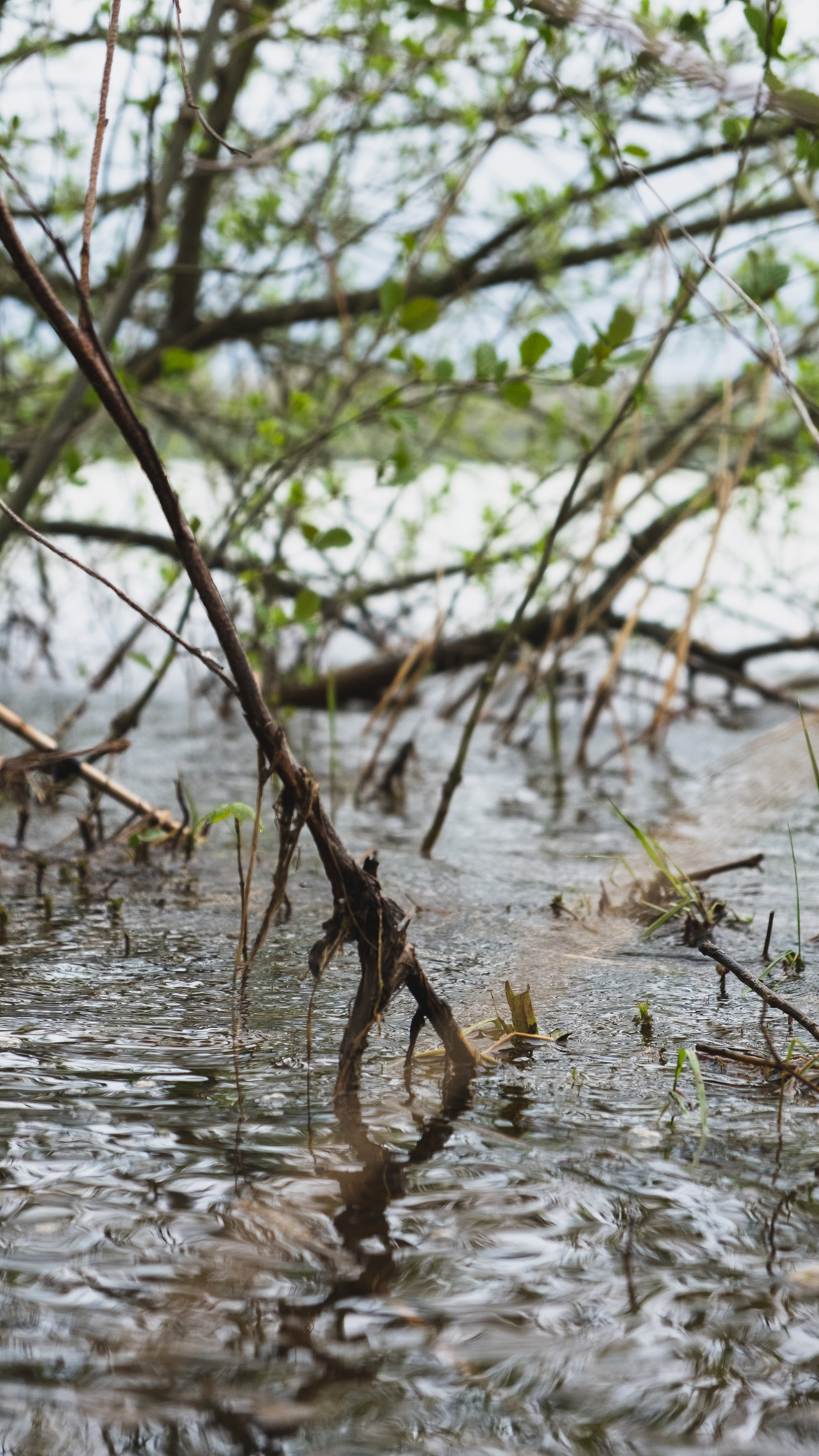

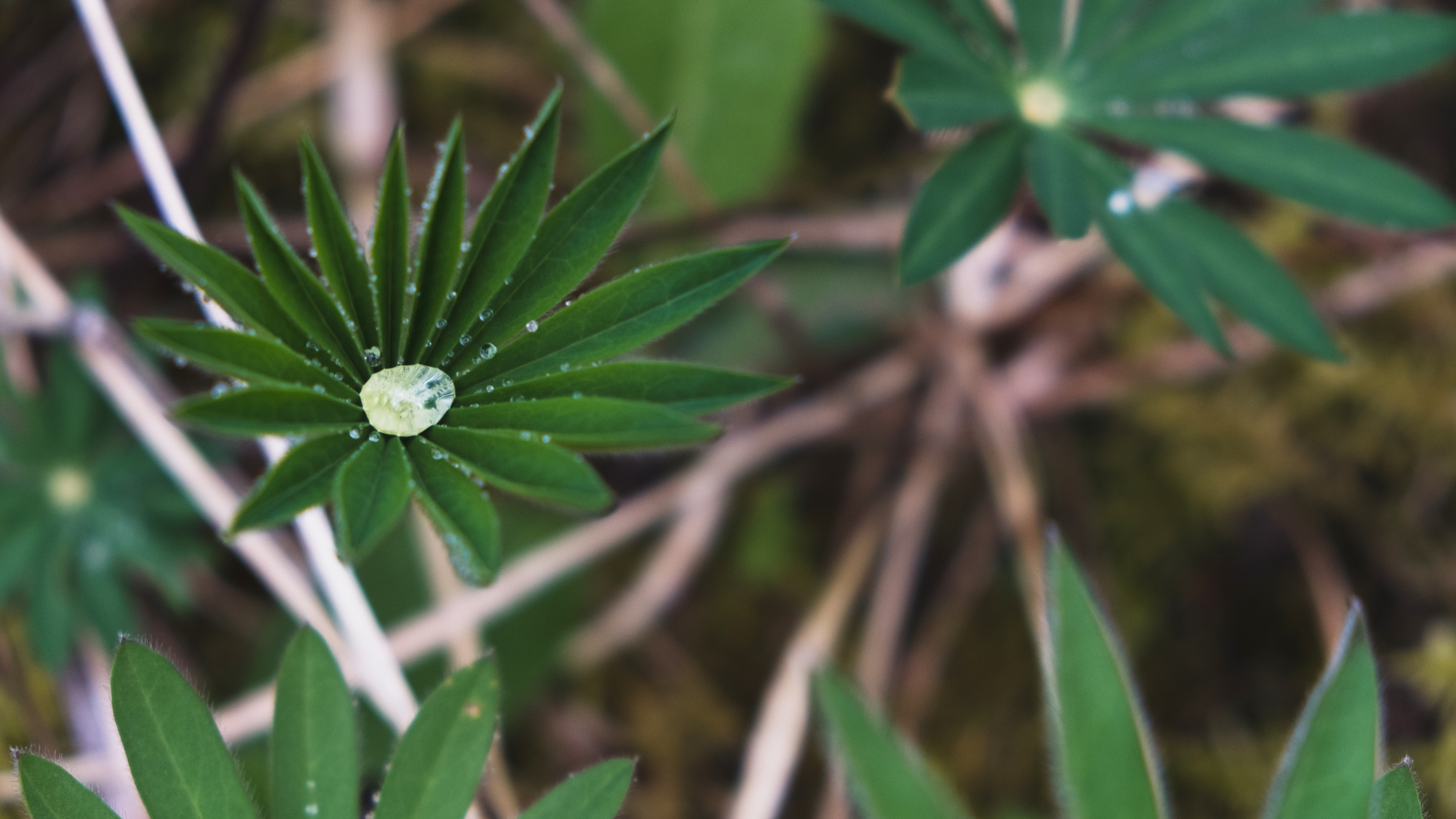
43.5 m
is the deepest point of the lake. Car wrecks among other things like a statue of an angel have been placed on the ground for divers to explore.
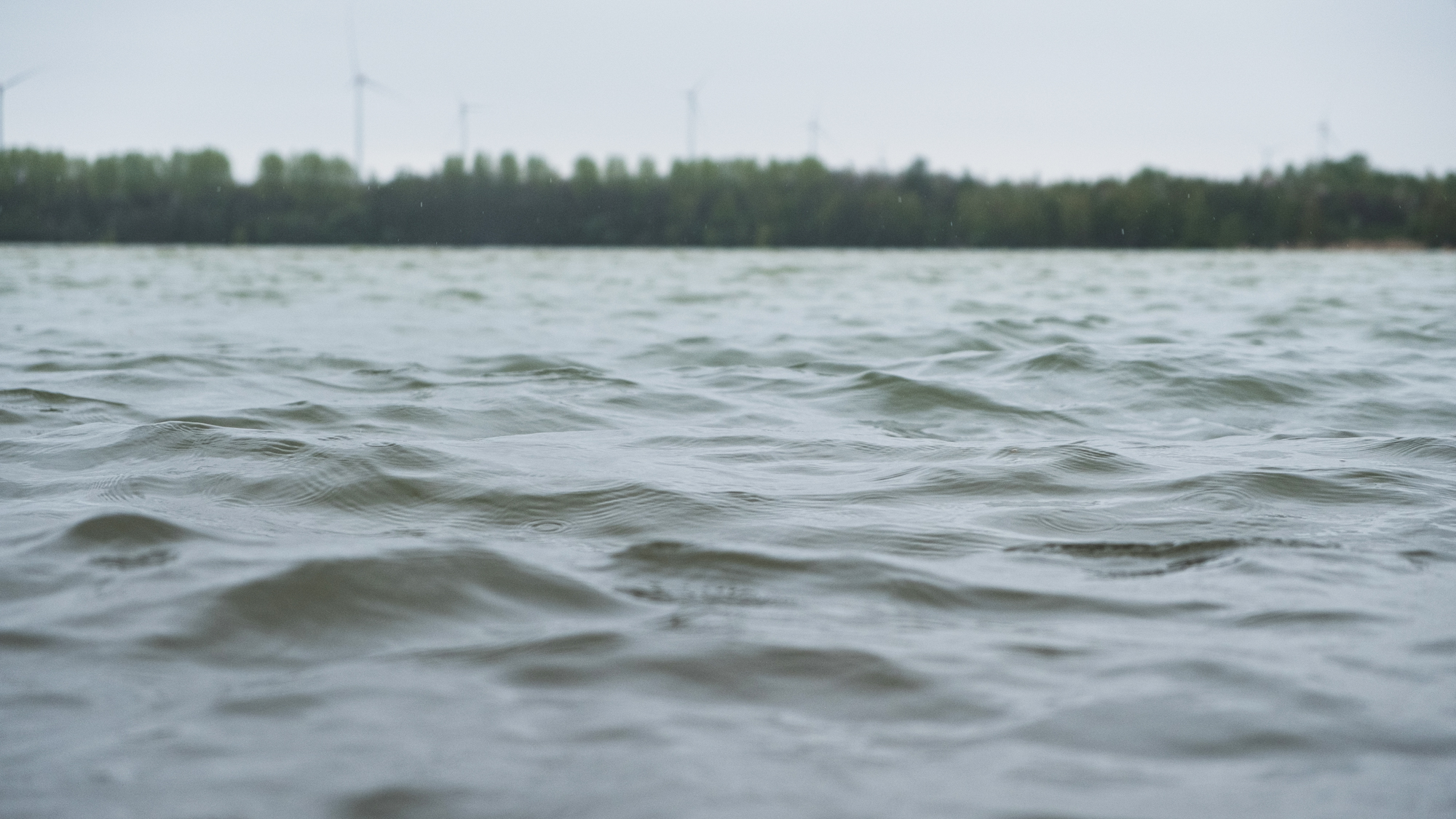
der Absetzer
Overall 530 million tonnes of brown coal were produced during the 77 years of mining in this area. The opencast mine spread over 23km² and 10 villages completely vanished to make the expansion possible. 1626 people living in those villages were relocated.
The majority of the mine was refilled with soil. The new ground is now mostly being used for agriculture and housing, leaving almost no hint of the mine.
The lake is the only reminder of the mining history. A viewpoint looks out over the water. Its construction resembles a machine which was specifically invented to refill the mines. In German it is called ‘Absetzer’.
It is almost unimaginable to me, that the edge of this hole used to be right next to my grandparents house. In my mothers childhood the mine was a steady companion, as her father used to work there. My generation on the other hand, can only see the comparably small lake, completely unaware of its past.
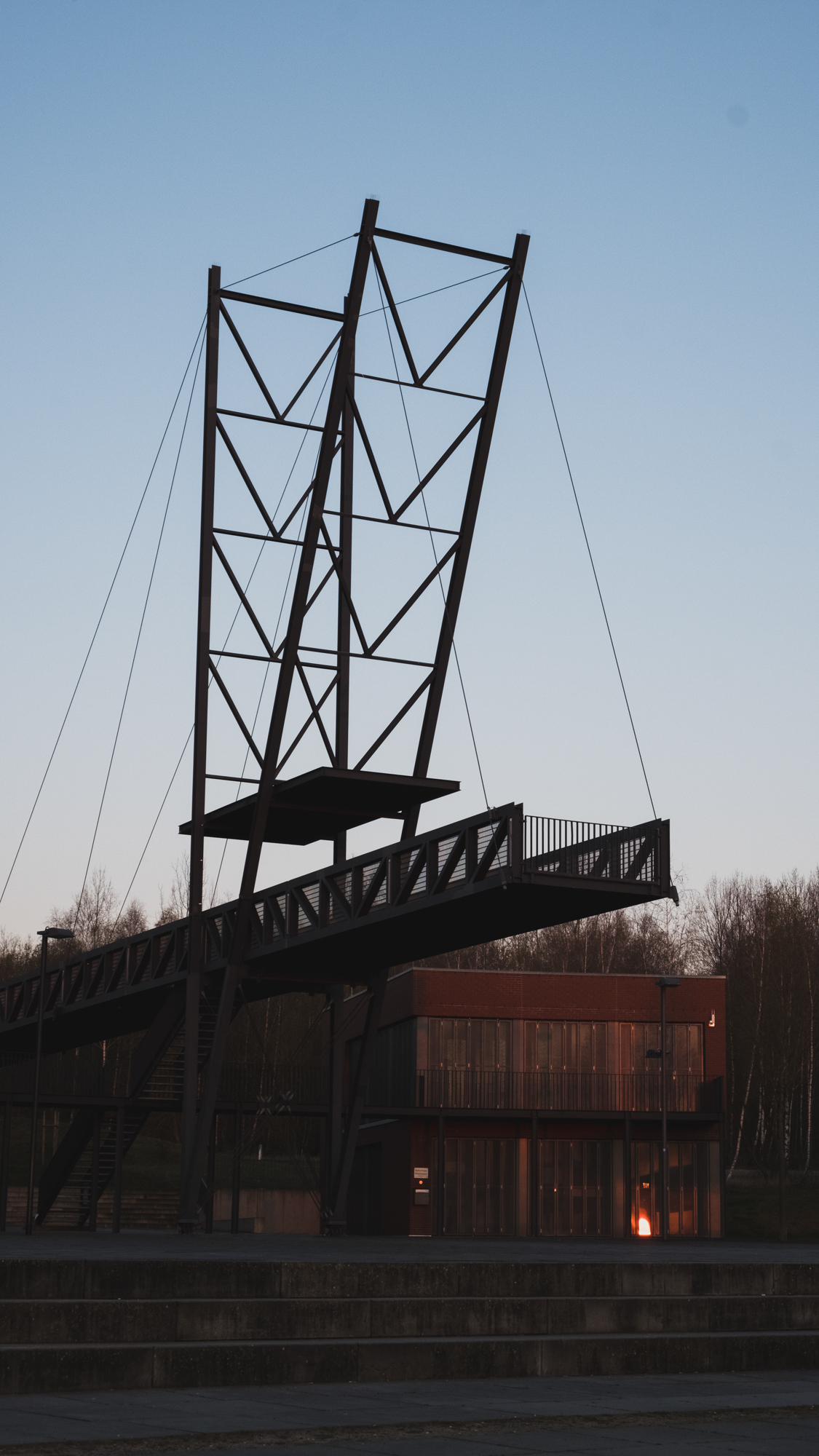

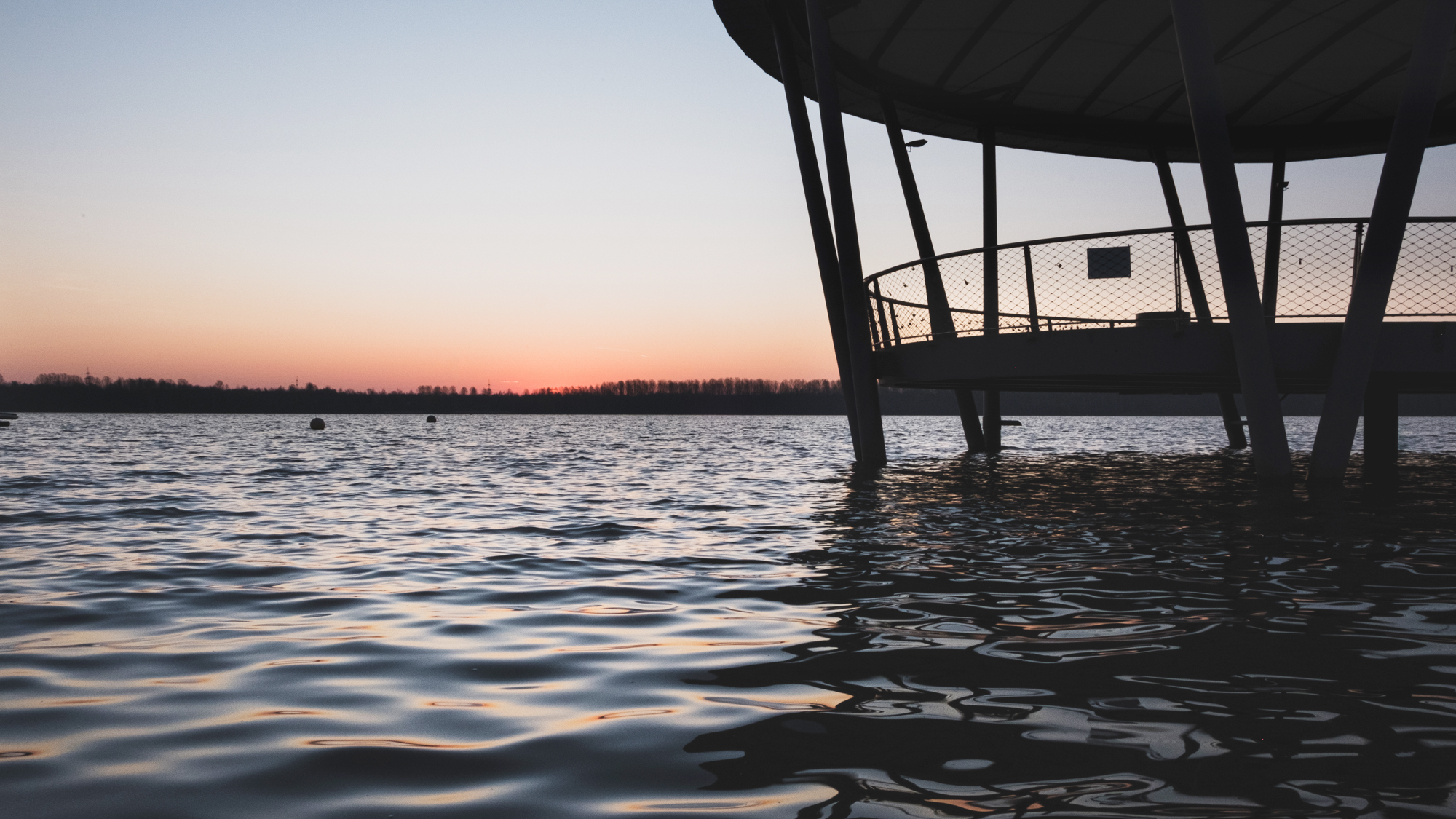

planted
All of the forest surrounding the lake was planted when recultivation began. It was allowed to naturally expand, ranging from 80 to 130 meters of width. Half of it is a nature conservation area.
